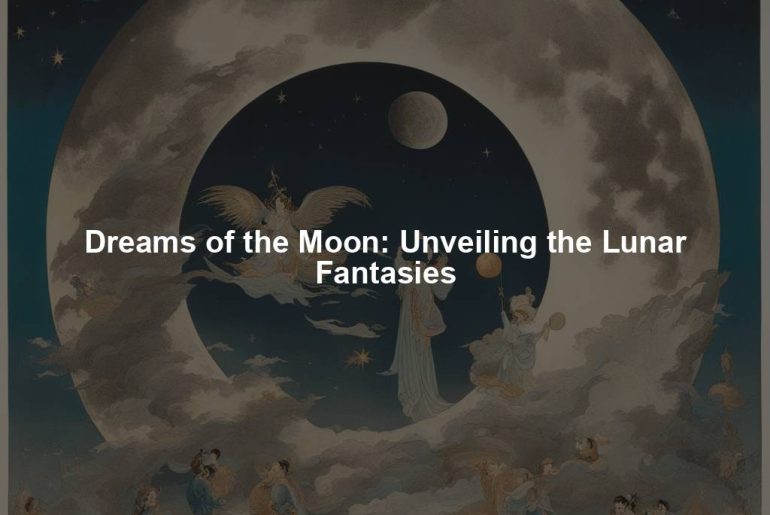What has the Moon symbolized throughout history?
The Moon, our closest celestial neighbor, has captivated human imagination for centuries, leaving an indelible mark on our collective consciousness. Throughout history, this enigmatic satellite has been a fascinating subject of myths, legends, and dreams, spanning across cultures and generations. The Moon’s luminescent beauty, mystique, and proximity have fueled the human fascination, making it a symbol of numerous fantasies and aspirations.
The Moon in mythology and folklore
Various ancient civilizations attached great spiritual significance to the Moon. In Greek mythology, Selene, the Moon goddess, chariot-rides across the night sky, illuminating the Earth with her soft glow. Similarly, the ancient Egyptians worshiped Thoth, the god of wisdom, who was believed to have control over the Moon. Across cultures worldwide, lunar deities have been invoked to regulate the tides, fertility, and the passage of time.
Beyond divine connections, the Moon has often found its place in folklore and tales of magic. Werewolves, beings transformed into wolf-like creatures during full moons, have captured the imaginations of countless storytellers. Folklore also tells of the man in the Moon, a mythical being believed to keep a watchful eye on Earth, silently observing human affairs.
The Moon’s symbolism in art and literature
The Moon’s allure isn’t limited to mythology and folklore—it has also inspired artists and writers throughout history. From Vincent van Gogh’s iconic painting Starry Night, where the Moon takes center stage, to William Shakespeare’s poetic verse describing the Moon’s captivating radiance, artists have sought to capture the Moon’s ineffable essence in their work.
Similarly, literature has provided fertile ground for lunar exploration. H.G. Wells’ The First Men in the Moon and Jules Verne’s From the Earth to the Moon transported readers on imaginative journeys to Earth’s satellite. These literary masterpieces awakened a sense of wonder and fueled the scientific pursuits that ultimately led to humanity’s first steps on the Moon.
The Moon as a source of inspiration
The Moon’s association with dreams and aspirations extends beyond mythology and art. For centuries, the lunar surface has beckoned humanity with its silver glow, offering countless poets, scientists, and dreamers an uncharted canvas for their ambitions.
As space exploration advanced in the 20th century, the Moon became an emblem of human potential and technological prowess. Landing on the Moon, a feat achieved by the Apollo missions, represented a remarkable milestone in human history. It showcased our ability to dream, to push boundaries, and to venture into the unknown.
From fantasy to reality
While the Moon has long been a source of inspiration and imagination, recent advancements in space exploration reignite the fascination, reminding us that the dreams we once considered fantasies are increasingly becoming a reality.
Today, both governmental and private enterprises worldwide are actively working towards returning to the Moon and even establishing a sustained human presence there. These ambitious plans not only represent the triumph of human ingenuity but also the continuation of our age-old lunar fantasies.
The Moon, with all its symbolic and cultural weight, continues to enthrall and captivate. Whether it’s the subject of ancient mythology, inspiring artistic endeavors, or acting as a springboard for scientific progress, our fascination with the Moon persists, giving birth to dreams that transcend the boundaries of Earth.

